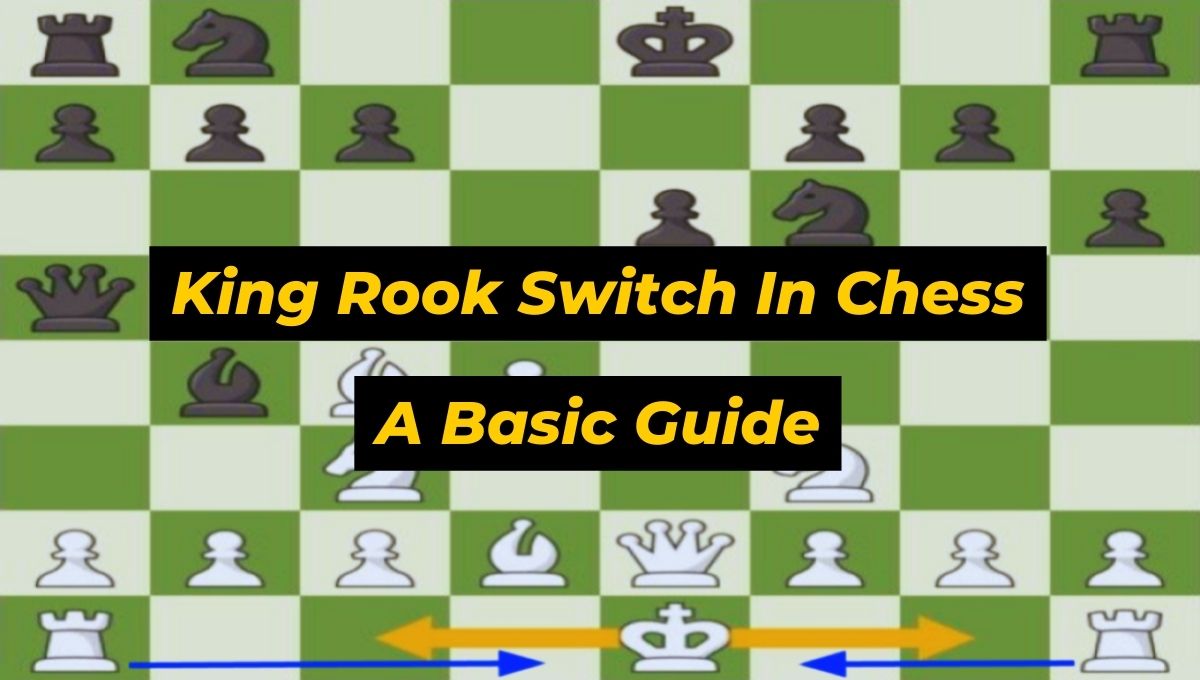In the game of chess, there is a special move known as castling, often referred to as the “king and rook switch”.
It allows a player to strategically relocate the king and rook, providing both defensive and positional advantages.
If you want to understand it in video form, check out the video below:
Details of Castling:
Castling is a unique move that involves the king and one of the rooks.
It allows the king to move two squares towards a rook, while the rook simultaneously moves to the square next to the king.
Castling is only possible under specific conditions and follows certain rules that players must adhere to.
The Conditions for Castling
To perform castling, the following conditions must be met:
- The king and the rook involved in the castling move have not yet moved.
- There are no pieces between the king and the rook.
- The king is not in check.
- The squares the king moves across and lands on during castling are not under attack by any of the opponent’s pieces.
Benefits of Castling
Castling offers several advantages to the player like:
1. King Safety
Castling helps protect the king by moving it away from the center and towards a safer position behind a wall of pawns and the rook.
2. Rook Activation
The rook involved in castling is brought to a central position, allowing it to contribute to the game more effectively.
3. Centralization
Castling facilitates the centralization of the king, enabling it to influence the board’s key areas and participate in future attacks or defenses.
Types of Castling
There are two types of castling:
1. Kingside Castling
This involves moving the king two squares towards the kingside rook, which then moves to the square next to the king.
2. Queenside Castling
In this variation, the king moves two squares towards the queenside rook, which moves to the square next to the king.
When to Castle?
While castling offers numerous advantages, it is essential to consider certain factors before executing the move like:
1. Timing
Choosing the right moment to castle is crucial. Generally, it is advisable to castle early to secure the king’s safety.
2. Positional Evaluation
Evaluate the position carefully before deciding on the type of castling. Factors like pawn structure, piece activity, and potential attacks on the king’s position should influence your decision.
3. Opponent’s Moves
Be mindful of your opponent’s intentions and plans. Sometimes, delaying or altering castling plans can be a wise tactical decision.
Before you go…
Castling is a fundamental technique in chess that combines both defensive and strategic elements. But there are also many other moves that even experienced player don’t know.
Check out those lesser known weird moves here.
